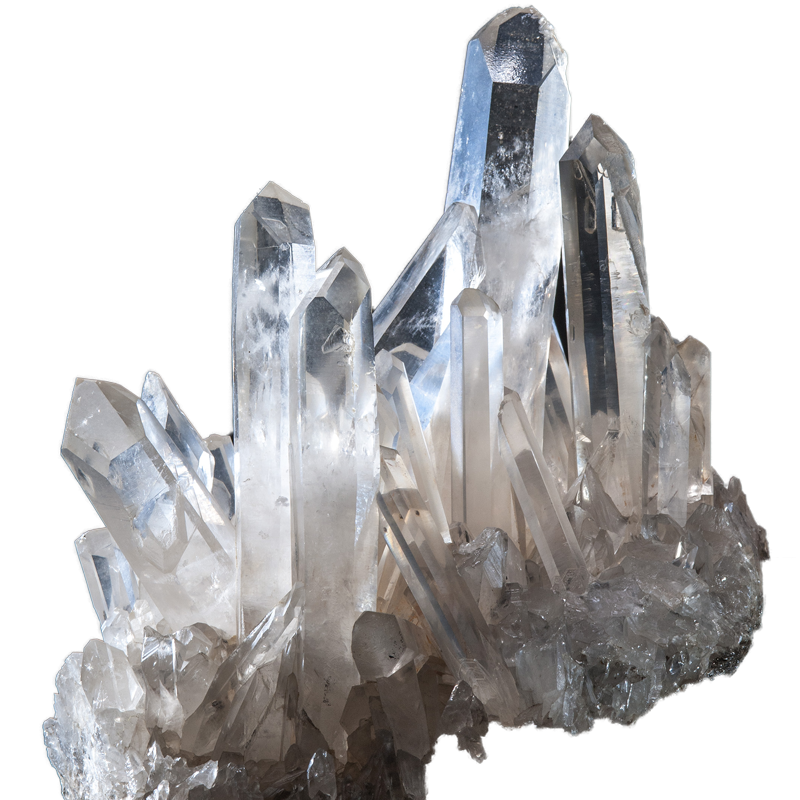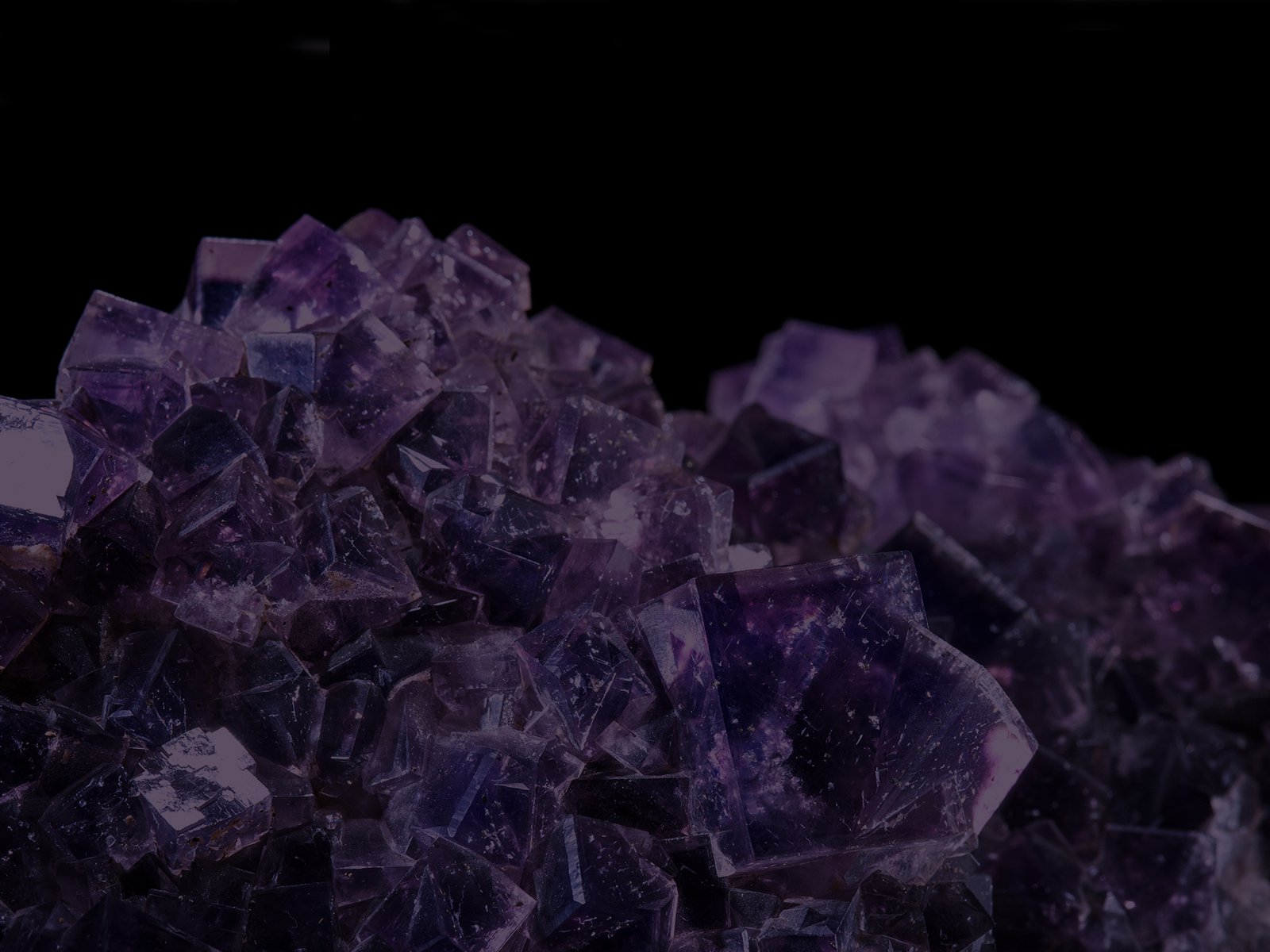Earth science
The Mineralogy and Palaeontology collections include rocks, minerals, gemstones and fossils. Learn more about these naturally occurring, inorganic solids.


 Welcome to the Australian Museum website
Welcome to the Australian Museum website
